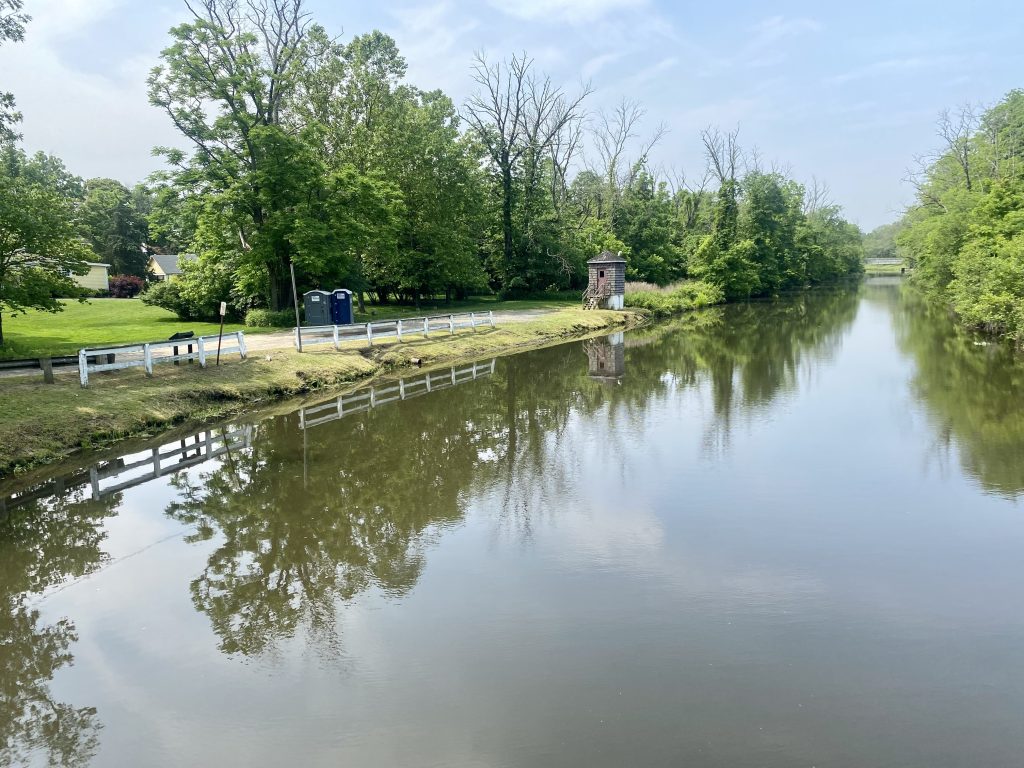
Toxins surface in the Delaware & Raritan Canal amid rollback of federal rules to fight them
| July 7, 2025
When residents of Princeton or New Brunswick think of the Delaware River, they may imagine a remote place. After all, this river is less a waterway for central New Jerseyans than a boundary-definer.
It’s the bridge to cross when headed west.
But that doesn’t mean the Delaware River isn’t relevant to central New Jersey. For a million residents, there’s a splash of Delaware River water in their taps. It’s in the cocktail of raw water sources used by several water providers in the area. Providers access it via a 60-mile-long manmade channel — a channel that also serves as a state park, an urban connector and a haven for history buffs.
This channel is the Delaware & Raritan Canal. It’s a link between the Delaware River in the west of the state, and the Raritan River in the center. It had initially been built to move freight, but for the last eight decades, the canal’s chief job is to move water.
This means the health of the Delaware River, as well as of the tributaries feeding into the D&R Canal, affects central Jerseyans’ drinking water. Yet little is known about the quality of the canal water itself.
One fact is known. Regulators recently discovered PFAS contamination — known as forever chemicals — in the D&R Canal. PFAS refers to a group of manmade chemicals that are harmful to human health. Scientists are struggling to identify the myriad ways that PFAS are getting into the canal. Water providers are struggling to get them out. Meanwhile, in May 2025, the Trump Administration loosened the rules for when water providers must deliver PFAS-free drinking water to their customers.
As New Jerseyans enjoy the recreational treasures of the D&R Canal, they may not be thinking about forever chemicals. But thanks to the complexity of water flow throughout the Delaware River Basin, as well as a rollback of federal water quality rules, a water source most didn’t know they had, is at risk.
First, some history
The Delaware & Raritan Canal became a source of drinking water for New Jerseyans thanks to a distant round of litigation. The legal conflict occurred 70 years ago, and centered around New York City’s demand for more Delaware River water. Yet the Delaware River does not flow through New York City. Instead, its headwaters are in the Catskill Mountains to the north. The Delaware River then wends southeast past New York State, forming a border with Pennsylvania, before slipping between Pennsylvania and New Jersey. It forms most of Delaware’s eastern border and drains into the Delaware Bay.
After years of testy negotiation involving New York City as well as all four states with claims to the Delaware River, the parties settled in 1954. In exchange for New York City gaining access to 800 million gallons per day from the Delaware River headwaters, New Jersey would get a boost, too.
In what became known as the New Jersey Diversion, the Garden State could access up to 100 million gallons a day of Delaware River water. It would reach central New Jersey via the D&R Canal — a handy piece of infrastructure in search of a job since it ceased being a barge canal some 22 years earlier.
These complex arrangements were enshrined in the Flexible Flow Management Program. The agreement was revised in 2017, and remains in effect today.
An alphabet soup of agencies
But water rights are never simple. As water flowed around and out of the Delaware River Basin, a dizzying number of regulatory agencies popped up to manage it. First, the U.S. Geological Survey appointed a River Master to ensure the provisions of the 1954 decree were kept.
In 1961, the Delaware River Basin Commission was formed with broad powers to manage water resources for the river. The members of the DRBC included the four states, plus the U.S. Army Corps of Engineers, which would represent the federal government’s interest on the commission.
Meanwhile, on the New Jersey side, the New Jersey Water Supply Authority sprang up. Its job was to manage water flowing throughout the Raritan River Basin. Its oversight duties included the 100 million gallons a day coming into the basin via the D&R Canal.
As if that wasn’t confusing enough, the D&R Canal itself — which is owned by the state of New Jersey, and which is designated as a state park — was placed under the management of the Delaware and Raritan Canal Commission.
Today, each agency has complementary roles, as well as a few overlapping ones. Thus, when questions arise about the quality of the water in the D&R Canal, any number of officials might raise their hands.
Looking for clues
Fortunately, those officials appear committed to finding PFAS fingerprints. According to NJWSA meeting minutes, in the fall of 2023, an alphabet soup of organizations began talking about PFAS levels in the D&R Canal.
Participants included the New Jersey Department of Environmental Protection, the USGS, the DRBC and the NJSWA. The five water providers drawing water from the canal were also included, namely New Jersey American Water, the Middlesex Water Company, the New Brunswick Water Department, the North Brunswick Water Department, and the East Brunswick Water Utility.
They agreed to launch an effort to discover how the chemicals were getting into the canal.
Accordingly, NJWSA officials teamed up with DRBC scientists to do the work. Scientists lowered several silver canisters, known as polar organic chemical integrative samplers, into the canal. These devices may strike laymen as something they would find in their kitchen, but to scientists, they are ideal tools for detecting water contaminants, including PFAS.

They tested 16 sites along the length of the canal — eight in the Delaware River Basin and eight in the Raritan River Basin. The canisters were suspended in the water for four weeks. Scientists sent the resulting samples to an analysis lab.
According to the NJWSA 2024 annual report, the results confirmed what officials already knew:
There was PFAS in the canal. But the fresh news was that levels were higher between Trenton and Princeton. Trenton is one of New Jersey’s more industrialized cities, so the fact that an industrial chemical was found nearby was likely no shock. But to pinpoint the exact entry gate is complicated. Scientists needed to conduct a geospatial analysis to assess where the concentrations were higher — no easy feat when measuring a trace contaminant in a moving body of water.
According to agency officials, these tests are currently ongoing. As yet, no new results have been announced.
PFAS: the everywhere headache
That there are forever chemicals in the D&R Canal is not surprising. The PFAS family includes thousands of chemicals. Given their widespread and decades-long use for both industrial, commercial and consumer purposes, they are prevalent in the environment.
According to an analysis by the Environmental Working Group, 143 million Americans live in communities with PFAS in their drinking water. The DRBC has been monitoring PFAS in the Delaware River Basin for two decades, and notes that exposure is widespread due to the presence of PFAS in industrial discharge, municipal treatment plants, firefighting foam, stormwater runoff, and the water leaching from landfills. They are also present in a wide range of consumer products, such as non-stick pans, paints, sealants, cosmetics, and food packaging. An April 2025 technical report prepared by the DRBC finds a widespread presence of several PFAS compounds in the tributary waters of the Delaware River Estuary.
PFAS contamination is a tricky and costly problem. These manmade compounds have been around for decades, and they have been applied to a staggeringly wide range of products. The nature of their chemical structure makes them resistant to decomposition — a boon when applied to a product, but a curse once they escape into the environment. Traces of PFAS are present in the blood of almost every American. A growing range of studies are finding links between PFAS and adverse health effects, such as higher cholesterol, ulcerative colitis and kidney cancer.
Indeed, it was the widespread nature of the problem, as well as the growing evidence that PFAS is harmful, that led the EPA to announce new drinking water regulations in April 2024. The rules set more stringent standards for six classes of chemicals.
Specifically, providers had until 2029 to bring the maximum contaminant levels of two PFAS compounds, PFOA and PFOS, down to 4 parts per trillion. For the first time, providers would also have to address a new class of PFAS contaminants. These include the inelegantly named PFHxS and PFNA, as well as HFDO-DA — more commonly as GenX chemicals after the trade name for the industrial aid used to make specific types of fluoropolymers. Water providers had until 2029 to reduce their prevalence of these chemicals in the drinking water.
But in May 2025, the Trump Administration weakened the rules.
Citing the difficulty and cost of removing PFAS, the EPA administrator, Lee Zeldin, gave providers another two years to bring the PFOA and PFOS levels down. Providers now have until 2031 to bring their water supplies below the maximum contaminant level. Moreover, Zeldin questioned the process behind the regulation of Gen X chemicals. Not being convinced the process was legal, the EPA administrator has relieved providers of the need to remove Gen X chemicals from the water supply.
These developments have muddied the water for those in charge of the nation’s drinking water. PFAS is present not just in surface water supplies, such as the D&R Canal and the Delaware River, but in groundwater sources, too. As far as providers are concerned, it’s coming in everywhere and all at once.
While water purveyors and local officials are responsible for the quality of the water, the federal government has removed some of the tools that could help. The future for clean water is unclear.
Yet, as individual states deliberate their next moves, harmful contaminants continue to enter the public water supply. While municipal water is still safer than untested well water or bottled water from unknown sources, it is still not as clean as it could be. In that sense, the D&R Canal is emblematic of every water body in America.


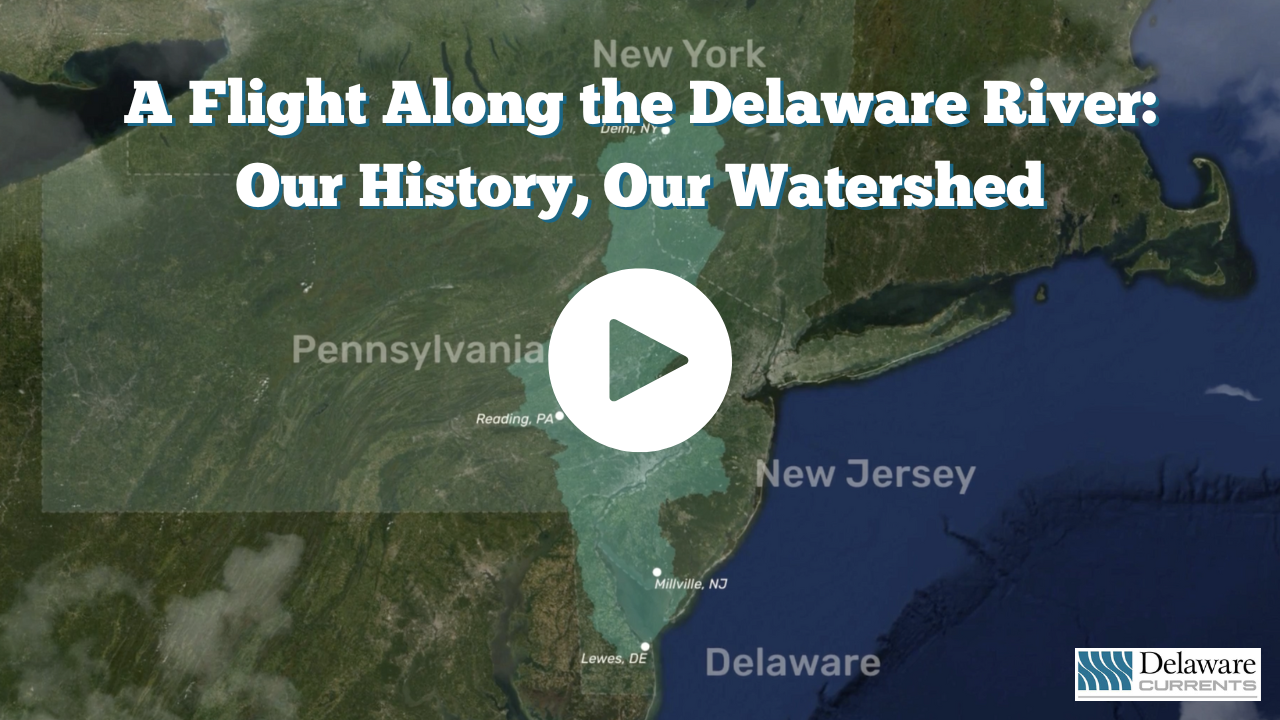

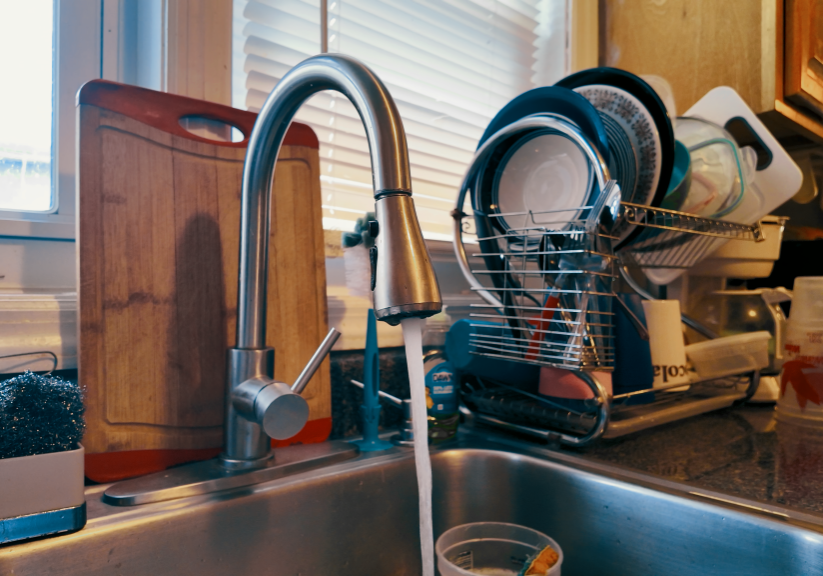

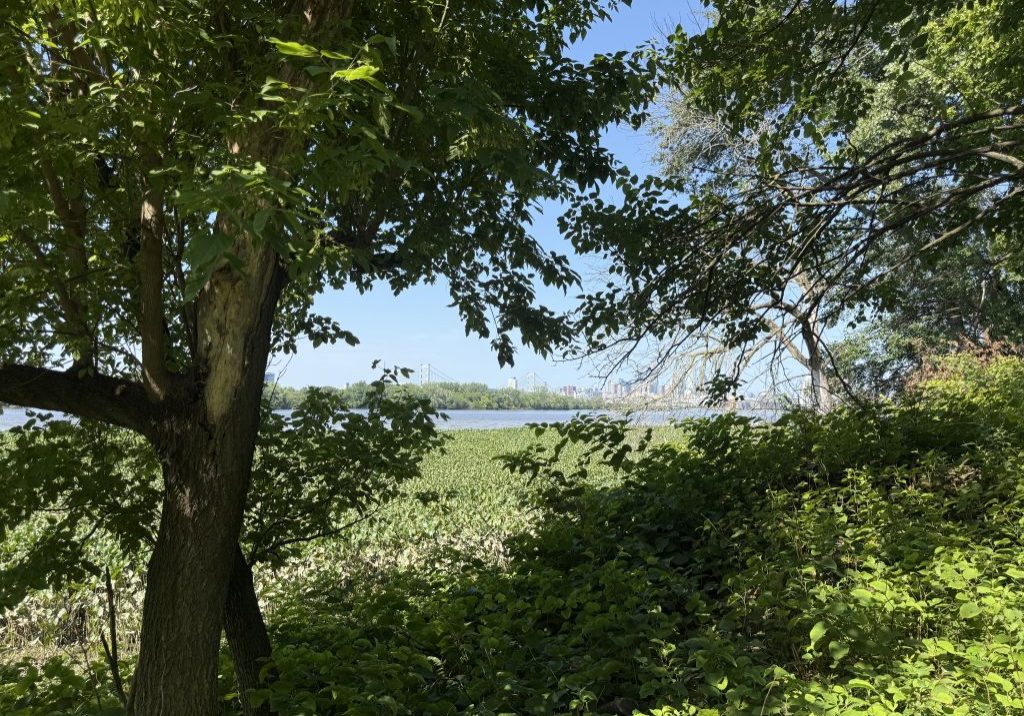
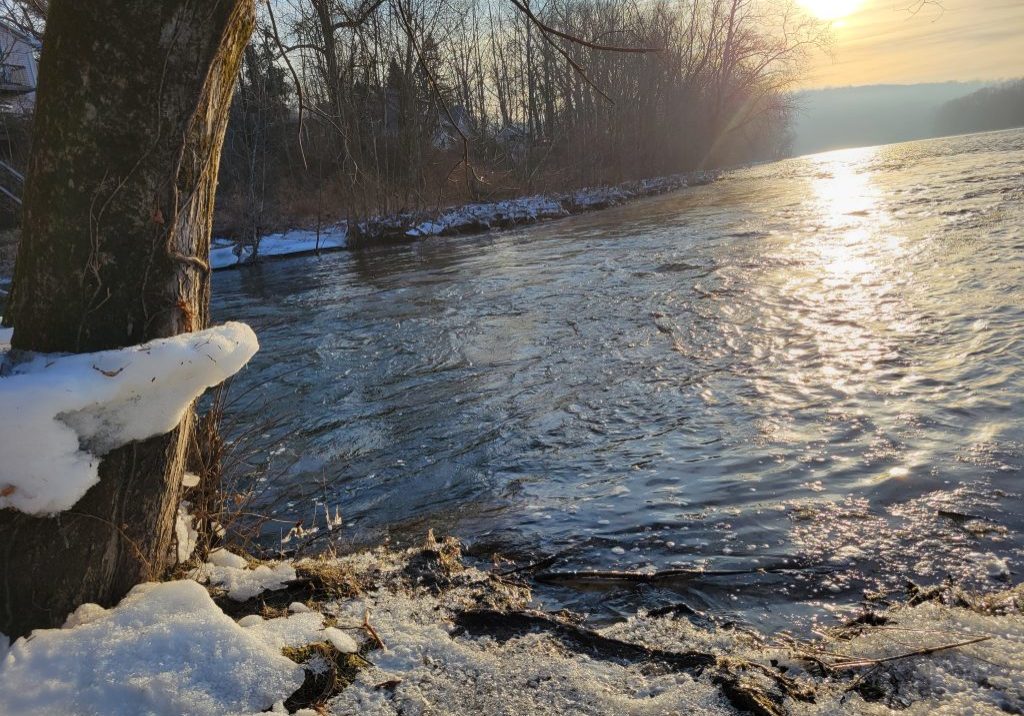
Well done .
As a followup. Could the agencies mentioned be asked for comments on the questions that readers have posed.